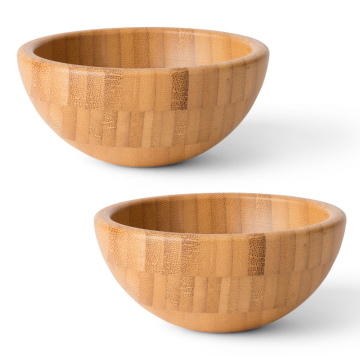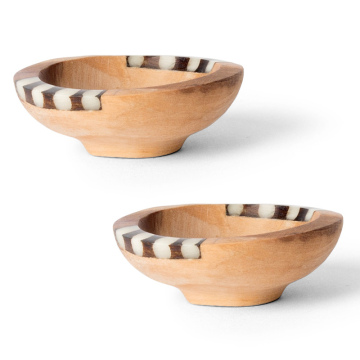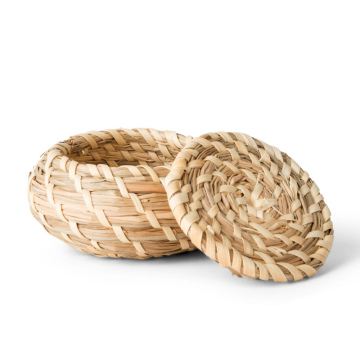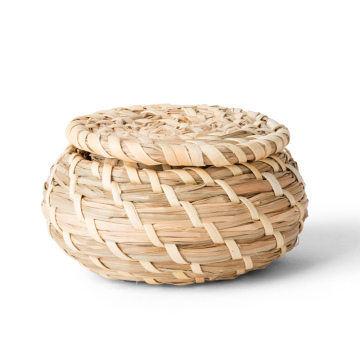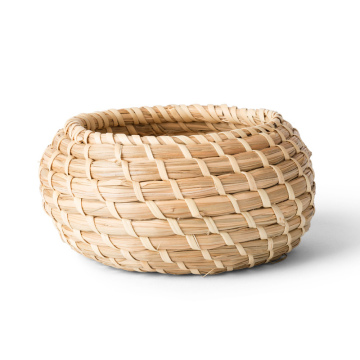A Journey Through Japan’s Yakitori: Discovering the Art of Yakitori
The Origins of Yakitori
Yakitori, a delightful staple of Japanese cuisine, has a rich history that reflects both cultural significance and culinary evolution. The origins of this beloved grilled chicken dish can be traced back to the Edo period (1603-1868), a time when urbanization and the emergence of street food culture flourished in Japan. During this era, many commoners began to experiment with various cooking methods, including skewering meat over an open flame, which ultimately laid the groundwork for what would become yakitori.
Initially, yakitori was a simple dish enjoyed by the working class. Vendors would sell skewered pieces of chicken, often seasoned with salt or a soy-based sauce known as tare. The cooking method—grilling chicken over binchotan charcoal—was not merely a means of preparation but also a way to enhance the flavor and aroma of the meat. This technique has remained fundamental to the yakitori-making process, ensuring that each piece is imbued with a unique smokiness that can only be achieved through traditional grilling methods.
The cultural significance of yakitori extends beyond its humble beginnings. It has grown in stature to become a symbol of community and connection, often enjoyed in izakayas (Japanese pubs) where friends and colleagues gather for food and drink. The celebratory atmosphere surrounding yakitori can be found not only in urban centers but also across rural areas, where local styles and ingredients contribute to regional variations. For example, in Okinawa, chicken is often complemented by tropical flavors, while in the northern regions, grilled vegetables and game meat might also accompany skewered chicken.
The evolution of yakitori from a street food to a culinary art underscores its enduring appeal. Today, food lovers and culinary enthusiasts continue to explore the diverse preparations and flavors, solidifying yakitori’s place as an important element of Japan's gastronomic heritage.
The Art of Yakitori Preparation
The preparation of yakitori is a culinary art that combines skillful techniques with high-quality ingredients to produce a dish that is both simple and sophisticated. At the heart of this beloved Japanese delicacy is the selection of chicken. Choosing the right cuts is paramount; various parts of the chicken offer distinct flavors and textures. For example, thigh meat is generally juicier and richer, while breast meat is leaner and milder. Some yakitori chefs even incorporate other parts, such as liver or heart, which brings unique flavors to the dish.
Skewering the chicken is a critical step in yakitori preparation. The way in which the meat is placed on the skewer can influence the cooking process and the final presentation. Typically, the chicken is cut into bite-sized pieces and arranged in a manner that ensures even cooking. The skewering technique also allows for creativity, enabling chefs to combine various ingredients, such as vegetables or tofu, that can enhance both flavor and visual appeal.
The choice of grill type greatly affects the final product. Traditional yakitori is often cooked over a charcoal grill, specifically shichirin, which imparts a smoky flavor that complements the chicken. The intensity of the heat can also be controlled by adjusting the distance between the grill and the skewers, providing a nuanced cooking experience. Moreover, marinades and seasonings play an essential role in defining the flavor profile of yakitori. Classic tare sauce, made from a mixture of soy sauce, sake, and mirin, is commonly used but can be customized with varied spices and herbs according to personal preferences.
The cooking process itself demands attention to detail, as chefs must monitor the skewers closely to achieve the ideal balance of tenderness and caramelization. With practice, one can master these techniques, transforming simple ingredients into an exquisite culinary experience that celebrates the artistry of yakitori.
Sampling Yakitori: Must-Try Varieties
Yakitori, a beloved Japanese dish, showcases a wonderful array of flavors derived from various cuts of chicken and even alternative ingredients, all expertly skewered and grilled over an open flame. Among the many varieties of yakitori, three stand out as must-tries for anyone looking to immerse themselves in this culinary art form: momo, negima, and tsukune.
Momo, which refers to chicken thigh, is renowned for its tenderness and robust flavor. The meat retains its juiciness, offering a richer taste compared to its counterpart, the breast. Often seasoned simply with salt or a savory tare sauce, momo is a favorite for both locals and tourists alike. As you indulge in this succulent dish, consider visiting a specialty yakitori restaurant known for sourcing high-quality poultry, such as Torikizoku in Tokyo, which prides itself on grilling momo to perfection.
Negima is another popular variety that combines tender chicken pieces with fresh green onions. The balance of flavors in negima is delightful; the sweetness of the onions complements the savory chicken, creating a harmonious bite. For an authentic experience, head to Kushikatsu Tanaka, a street vendor famed for its vibrant negima skewers grilled over charcoal, enhancing their flavor profile.
Another intriguing option is tsukune, which are ground chicken meatballs often mixed with various seasonings and sometimes served with a raw egg yolk for dipping. This variety is exceptionally versatile; some establishments, like Bird Land, a Michelin-starred yakitori restaurant, elevate tsukune by incorporating unique ingredients like yuzu zest or wasabi for an unexpected twist.
In addition to these classic selections, regional specialties across Japan offer a chance to explore local variations, such as the Sando-style yakitori from Fukuoka, where flavorful chicken and vegetables are sandwiched between crispy bread. Sampling these diverse varieties provides a true insight into the art of yakitori, ensuring a memorable gastronomic journey through Japan.
The Future of Yakitori: Innovations and Trends
The yakitori scene in Japan is experiencing an exciting transformation, shaped by a variety of factors influencing both traditional practices and culinary innovations. Renowned chefs are reinterpreting classic recipes, incorporating modern techniques that enhance the flavors while preserving the essence of this beloved dish. The art of yakitori, traditionally centered on grilled chicken skewers, is expanding to include unconventional ingredients and innovative cooking methods, resulting in unique and diverse offerings that keep the culinary experience fresh and engaging.
One noteworthy trend is the incorporation of fusion cuisine, where chefs blend different culinary traditions with yakitori. This approach not only attracts a broader audience but also opens up creative avenues for experimentation. Ingredients such as truffle oil, miso glazes, and even international meats and vegetables find their way onto skewers, presenting new flavor profiles that appeal to contemporary palates. Additionally, the resurgence of artisanal and craft food movements has encouraged the adoption of high-quality, locally sourced ingredients, enhancing the overall dining experience.
Beyond Japan, the popularity of yakitori is steadily rising on the global stage. Major cities around the world are beginning to embrace this traditional dish, establishing specialized yakitori bars and restaurants that introduce international audiences to its rich flavors and cultural significance. This global embrace not only signifies a growing appreciation for Japanese cuisine but demonstrates the versatility of yakitori as a culinary art form that transcends borders.
As trends continue to evolve, the future of yakitori promises to be dynamic and vibrant. With chefs pushing the boundaries of traditional recipes and new culinary techniques shaping the future landscape, enthusiasts can anticipate a season of innovation that reflects both respect for the past and excitement for what lies ahead. The journey of yakitori is far from over; rather, it is entering a phase of delightful evolution that continues to inspire and tantalize taste buds worldwide.



